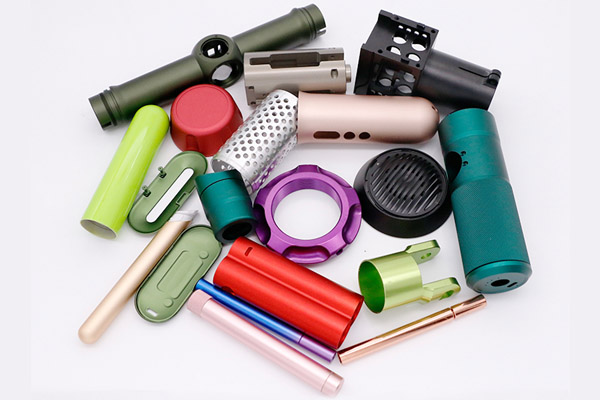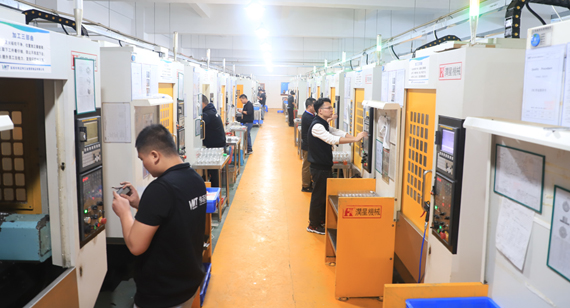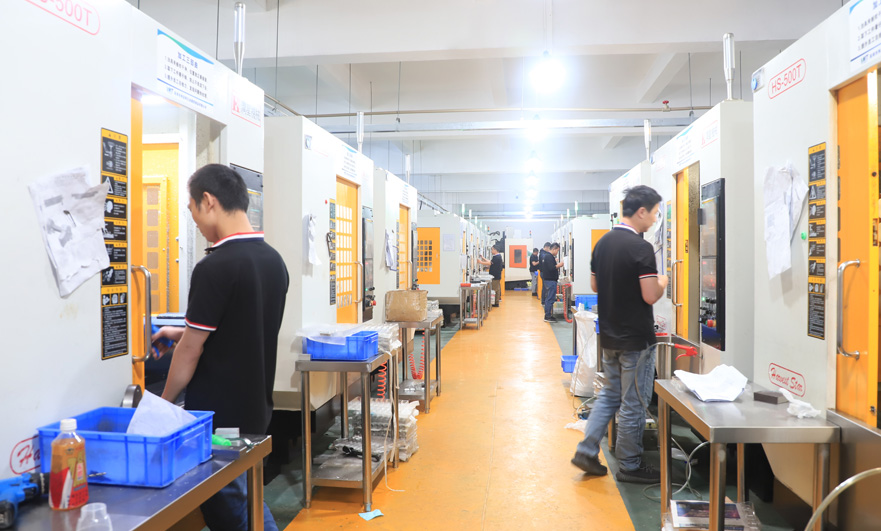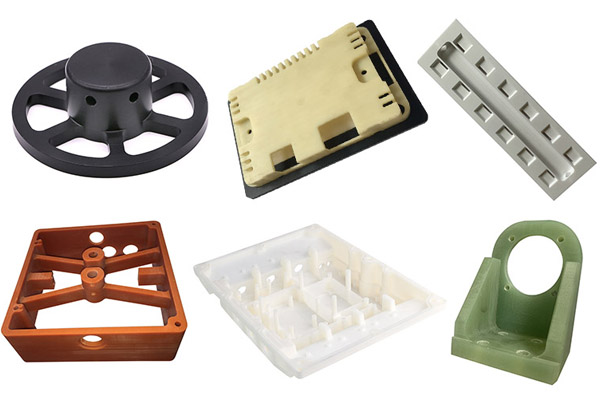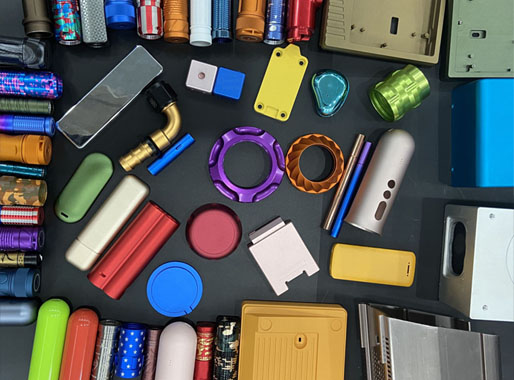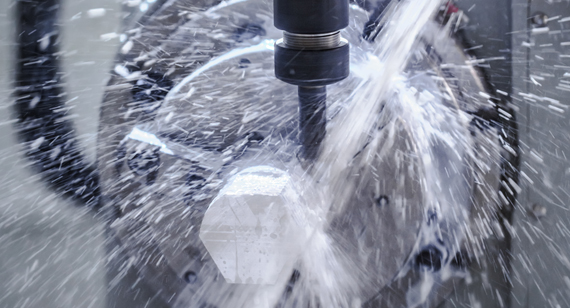15 years one-stop China custom CNC machining parts factory
The VMT blog is dedicated to sharing our hard-earned knowledge in prototype manufacturing. We hope these articles will help you optimize your product designs and gain deeper insight into the world of rapid prototyping. Enjoy the read!
Get an Instant Quote VMT
VMT  2024 03 19
2024 03 19 In the realm of CNC machined parts manufacturing, delivery management stands as a pivotal metric for measuring factory operational efficiency and customer satisfaction. By instituting a robust delivery management system, CNC machining factories can not only enhance production efficiency and reduce resource wastage but also ensure the timely delivery of high-quality products, earning trust from customers and recognition in the market.
 66
66
 Read more
Read more
 VMT
VMT  2024 03 18
2024 03 18 Explore this article to gain insights into a comprehensive analysis of factors such as cost, value, technical feasibility, production efficiency, and environmental impact. This information serves as decision-making guidance for CNC machining factories, aiding in the selection of the most suitable surface treatment method.
 66
66
 Read more
Read more
 VMT
VMT  2024 03 17
2024 03 17 The significant variation in quotes for the same part across different CNC machining factories is primarily influenced by a combination of factors, including equipment investment, technological expertise, scale and capacity, geographical location and labor costs, as well as market competition and pricing strategies.
 66
66
 Read more
Read more
 VMT
VMT  2024 03 16
2024 03 16 When customers encounter defective CNC machining parts, how to quickly and effectively perform after-sales processing reflects the professional capabilities and services of the CNC machining factory. This article discusses the coping strategies for defective CNC machining parts and the corresponding after-sales service process.
 66
66
 Read more
Read more
 VMT
VMT  2024 03 15
2024 03 15 This article will discuss several common problems in the structural design of plastic products, analyze how these problems affect the production and delivery of CNC machined parts, and propose specific solutions and suggestions.
 66
66
 Read more
Read more
 VMT
VMT  2024 03 14
2024 03 14 In the realm of CNC machining part manufacturing, lead time delays are a common yet challenging issue. CNC machining lead time delays not only affect customer satisfaction but can also lead to increased production costs and resource wastage. Therefore, understanding the reasons behind lead time delays and implementing corresponding measures is crucial for CNC machining factories.
 66
66
 Read more
Read more
 VMT
VMT  2024 03 13
2024 03 13 CNC machining factories should fully understand the advantages and application prospects of environmentally friendly surface treatment technology, and actively take corresponding measures to promote the application of environmentally friendly surface treatment in the field of CNC machined parts manufacturing.
 66
66
 Read more
Read more
 VMT
VMT  2024 03 12
2024 03 12 Processing high-temperature alloys is a challenging task, but through reasonable selection of tools, optimization of cutting parameters, use of coolant, optimization of tool geometric parameters and other measures, the processing difficulty can be effectively reduced and processing efficiency and quality improved.
 66
66
 Read more
Read more
Ready To Start Your Next Project?
Get Instant Quote

Request a Free Quote
Send us a message if you have any questions or request a quote. We will get back to you ASAP!

